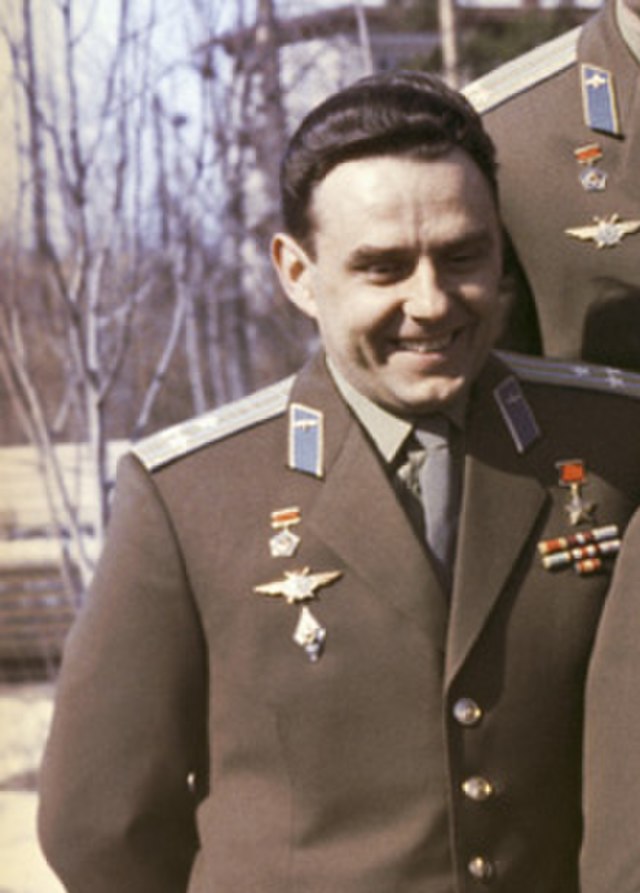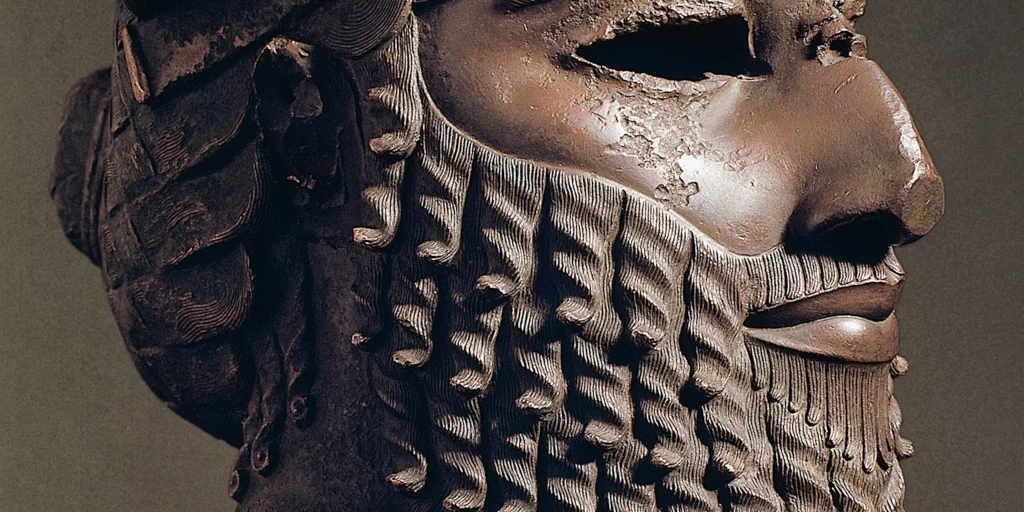Today, private companies and individuals send reusable rockets into the stratosphere. The fiery competition of the Space Race is but a distant memory.
In the history of space exploration, there are many tales of triumph, courage, and sacrifice. One such story belongs to Soviet cosmonaut Vladimir Komarov. He was both a pioneer and a martyr of the Soviet space program.
Komarov came from humble beginnings in the Soviet Union. His journey took him to the stars. He was propelled by his passion for engineering and the pursuit of the unknown.
It was within the confines of a small, metal vessel that his spirit soared into space. He embarked on daring missions, including the groundbreaking Voskhod 1.
Yet, destiny had a tragic rendezvous in store for this intrepid cosmonaut during the fateful Soyuz 1 mission.
As we delve into the extraordinary life of cosmonaut Vladimir Komarov, we uncover a saga that illuminates the incredible spirit of exploration and the price sometimes paid for breaking boundaries and sending humanity to the stars.

Komarov’s Early Life and Background
Vladimir Mikhaylovich Komarov was born to a modest, hard-working family on March 16, 1927, in Moscow, Russia.
Early on, he was shaped by a keen interest in aviation. Komarov’s pursuit began when he entered the “1st Moscow Special Air Force School” at the age of fifteen in 1942. This was amid the tumultuous backdrop of World War II.
However, the school soon relocated to Siberia due to the German invasion.
Despite the hardships, Komarov excelled in his studies. In 1945, he graduated from flight school with honors. Following his graduation, Komarov continued his training at the Chkalov Higher Air Force School and the A.K. Serov Military Aviation College.
Tragedy struck in 1948 when his mother passed away. But he persevered and completed his training in 1949.
Komarov received his pilot’s wings and commission as a lieutenant in the Soviet Air Force. This marked the beginning of his career as a pilot.
Despite humble beginnings and plenty of hardship along the way, Komarov’s passion for aviation and his unwavering determination ultimately propelled him to the cosmos.
Voskhod 1
After demonstrating exceptional skills as a test pilot and engineer, Vladimir Komarov set his sights on outer space. In 1959, he was among thousands of pilots who participated in the rigorous selection process for cosmonaut candidates.
Although Komarov initially did not make the cut due to age, height, and weight restrictions, his determination did not waver, and he continued to train. In 1963, he joined cosmonaut training in Group 2.
Not long after, in April 1964, Komarov was declared space-flight ready. He became part of the elite group of cosmonauts preparing for the upcoming mission: Voskhod 1.
On October 12, 1964, Komarov embarked on the historic Voskhod 1 mission as commander. This was the first craft in space with more than just one human aboard.
The spaceflight lasted just over 24 hours. With his fellow cosmonauts, Komarov conducted various tasks, like medical and navigational tests. They even observed the Aurora Borealis.
The next day, October 13, the Voskhod 1 mission landed safely back down on Earth. The success of this short but important mission prepared him well for an eventual return to space.
The Soyuz 1 Mission
On April 23, 1967, Vladimir Komarov made history as the first Soviet cosmonaut to embark on two spaceflights when he boarded the Soyuz 1 capsule.
The space mission had an ambitious plan. The plan was a rendezvous and docking with Soyuz 2, a similar vessel. There, Komarov would exchange places with a crew member and return to Earth in the second ship.
However, there were significant concerns about the safety of the spacecraft. These concerns were known to both Komarov and Yuri Gagarin, his backup cosmonaut (and close friend).
Despite knowing the risks involved, the mission proceeded. This was due to the pressure from Soviet leader Leonid Brezhnev and the fear of potential consequences if the mission was delayed or canceled.
During preparations, issues with the spacecraft design and manufacture were raised by Vladimir Komarov and Yuri Gagarin. But they remained largely unaddressed.
On orbital insertion, the Soyuz capsule encountered multiple problems. This included the failure of the solar panels to fully deploy. This resulted in limited power supply and navigation difficulties.
Komarov battled with the spacecraft’s manual controls for hours, trying to orient it correctly. However, he faced numerous challenges, such as unreliable status information and communication failures.
Consequently, the Soviet officials on the ground decided not to launch Soyuz 2. They cut the mission short, abandoning the planned rendezvous and docking.
Unbeknownst to many, however, tragedy was yet to strike. The full extent of the mission’s tragic outcome would unfold during the attempted landing of Soyuz 1.
Tragedy Strikes
The attempted landing of the Soyuz spacecraft, despite Vladimir Komarov’s heroic efforts to save the mission, ultimately ended in disaster.
After failed attempts to orient the spacecraft and communicate with ground control due to unreliable status information, Komarov managed to manually re-enter the Earth’s atmosphere on his 19th orbit.
Then, the unthinkable happened. The parachute failure. Catastrophically, the module’s drogue and main braking parachutes failed to deploy correctly.
Without a means to slow the re-entry, the space capsule plummeted to the ground at a high speed. The impact completely destroyed the cabin. It left only burning metal in its place, killing Komarov instantly.
During his final moments, Komarov’s anguish was heard by US listening posts in Turkey. He raged and cursed at those responsible for placing him inside the defective spaceship.
Recognizing his bravery, Soviet Premier Alexei Kosygin spoke to Komarov through a video phone. He assured him of his heroism. Komarov’s wife also participated, emotionally discussing how they would inform their children of the tragic outcome.
In the aftermath, the fallen astronaut received a state funeral in Moscow. Komarov’s remains were interred in the Kremlin Wall Necropolis at Red Square.
Additionally, American astronauts would later leave a small memorial on the Moon to honor Soviet cosmonauts Komarov, Yuri Gagarin, and other USSR cosmonauts.
The Soviet government posthumously honored him with the Order of Lenin. He had already received this once before, as well as the prestigious Order of Hero of the Soviet Union.
Despite the tragedy, his legacy lives on. Vladimir Komarov’s death serves as a reminder of the risks and sacrifices made by early space explorers, contributing to the advancement of our understanding of the cosmos.
References
Krulwich, Robert. “Cosmonaut Crashed into Earth ‘Crying in Rage.’” NPR, March 18, 2011. https://www.npr.org/sections/krulwich/2011/05/02/134597833/cosmonaut-crashed-into-earth-crying-in-rage.
“The Remains of the Astronaut Vladimir Komarov, a Man Who Fell from Space, 1967.” Rare Historical Photos, June 18, 2023. https://rarehistoricalphotos.com/astronaut-vladimir-komarov-man-fell-space-1967/.
“Vladimir Mikhaylovich Komarov.” Encyclopædia Britannica. Accessed June 28, 2023. https://www.britannica.com/biography/Vladimir-Mikhaylovich-Komarov.

